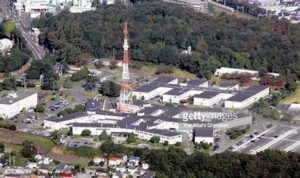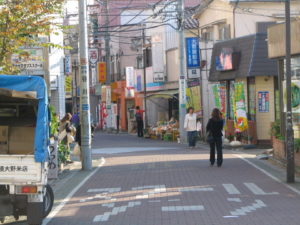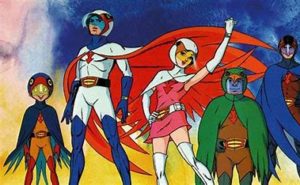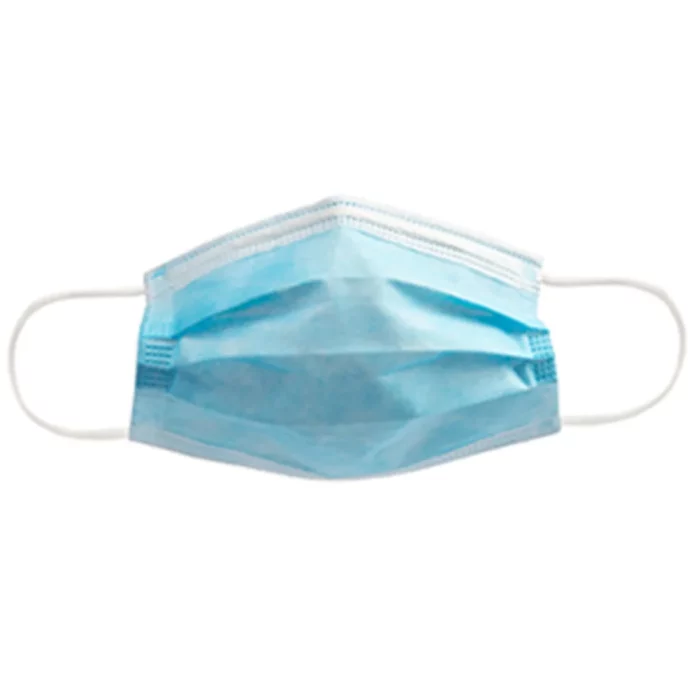I learned all about codes of good manners from my legal secretary in Japan, where I served as an Army trial lawyer during the waning days of the Vietnam War. Her name was Yae Minami, and she had served as an Army civilian employee since the original occupation of Japan in 1946, before our Pentagon-style US Army Headquarters in the Far East was built in the lead-up the Korean War.
Mrs Minami had many lessons to teach me (among them, humility). She had been one of many Japanese-Americans from the West Coast who had been interned in Wyoming during the war. She took a clerical job with an early wave of Japanese-Americans during the Occupation, having first served at MacArthur’s Headquarters at Camp Drake in Tokyo. When they built Zama HQ during the Korean War she was one the first to get positions there.
She married a Japanese national, had children, who by 1972 were largely grown. She was always the first person I asked about things I didn’t quite understand about Japanese manners and customs.
The Headquarters was a huge area, looking like our Pentagon in Arlington, the grounds having been before and during the war the Imperial Japanese Army Academy.

It had several gates, and about two miles away, out one of those gates, was the housing area for married officers and enlisted, called Sagami-hara. Those two miles consisted of a slow crawl through narrow, two-lane streets of crowded Japanese shops, markets and restaurants, the streets teeming with people walking to and fro, men in work clothes (they wore a kind of uniform) and women doing shopping, as often as not walking on the streets as sidewalks.

The morning drive into the post not less crowded, while the afternoon drive home was noisy and doubly slow. Once inside our housing area gates, however, it was like Central Park.
I made that trip 1-2 times a day, every day for three years, over 1000 times. I recall mentioning to Mrs Minami about the number of people in the streets wearing masks, most of them looking like this; which sell today at about 10-cents each in packs of 40.

Asking Mrs Minami what the reason for those mask might be, she listed several options, first of course being that the person might have a cold or flu…and he/she wore the mask as to protect others. Just good manners, Japanese style.
In my small town in Kentucky, and at university, I had never seen people wear masks on public streets.
Another reason for masks, as Mrs Minami told me, was air pollution for instance, when many people wore masks simply to protect themselves. Greater Tokyo was considered to be one of the most polluted areas in the world. And local folks would know of these things the same way Americans used to find out, over local radio. Since then I’ve heard of all sorts of pollution alerts in places like Pittsburgh, and smog alerts in southern California, but don’t recall any mask mandates, or any press photos of people wearing masks in those days.
In Japan we simply never got those warnings via our Armed Services radio. The only time we had local television turned on was so our kids could watch cartoon hero shows on TV in late afternoon.

But Mrs Minami said that the Tokyo area had regular environmental alerts about air pollution, we just never knew it.
All this occurred before the Climate Change neuroses we suffer from these days. In the 70s America was still being warned by science to expect a global cooling. Nuclear Winter! (Go figure.) But having raised in a coal region I was well aware of ‘bad air’ days, only in my 18 years there, we never heard an alert on the radio or saw anyone wear a mask.
I fact, I never saw my first mask outside of a hospital until I was in my 50s, and that was in the old USSR, where air pollution was even worse than Tokyo.
But in the three years I lived in the Tokyo area, I don’t recall a single “mask mandate”. They had warnings, and notices via mass media, but still leaving the citizen to be in charge of their own fates since only they were aware of their own habits and comings and goings. Rush hour train rides home from downtown Tokyo were the most precarious, I suppose. But I never saw masks worn indoors; in offices, restaurants or public places.
That was 45 years ago.
When our first mandates came down in 2020, I began carrying a mask in my pocket, especially important for doctors’ appointments and the few other places I had to go inside to do business. (Haven’t been inside a bank in two years). I put a mask on at the door if signage said a mask was required, and I needed to go in. My cardiologist’s office building still requires them, which has been the only times I’ve worn a mask since the original Covid announcements were made in 2020.
My wife had the shots in part because she was a 30-year veteran of the state public health system, and when the state said “Jump” she only asked “How high?” But that mandatory stuff ended in early 2021.
I know there are classes of people who have lived by say-so of the state all their lives in America. It may be silly, and untrue, but I respect their fears, even if unfounded. We watched elements of our government and media scare the pants off of us for over 60 years now.
I’ve yet to have the first person sneer at me because I’m unmasked. But then again, this is Virginia, not Massachusetts.
But even in private company I won’t sit back on my high horse and go all self-righteous when I even see a person alone in a car, wearing a mask. Every one of them has their reasons, and I can’t know a single one of them.
I can’t presume to know what’s in another person’s heart or mind.
